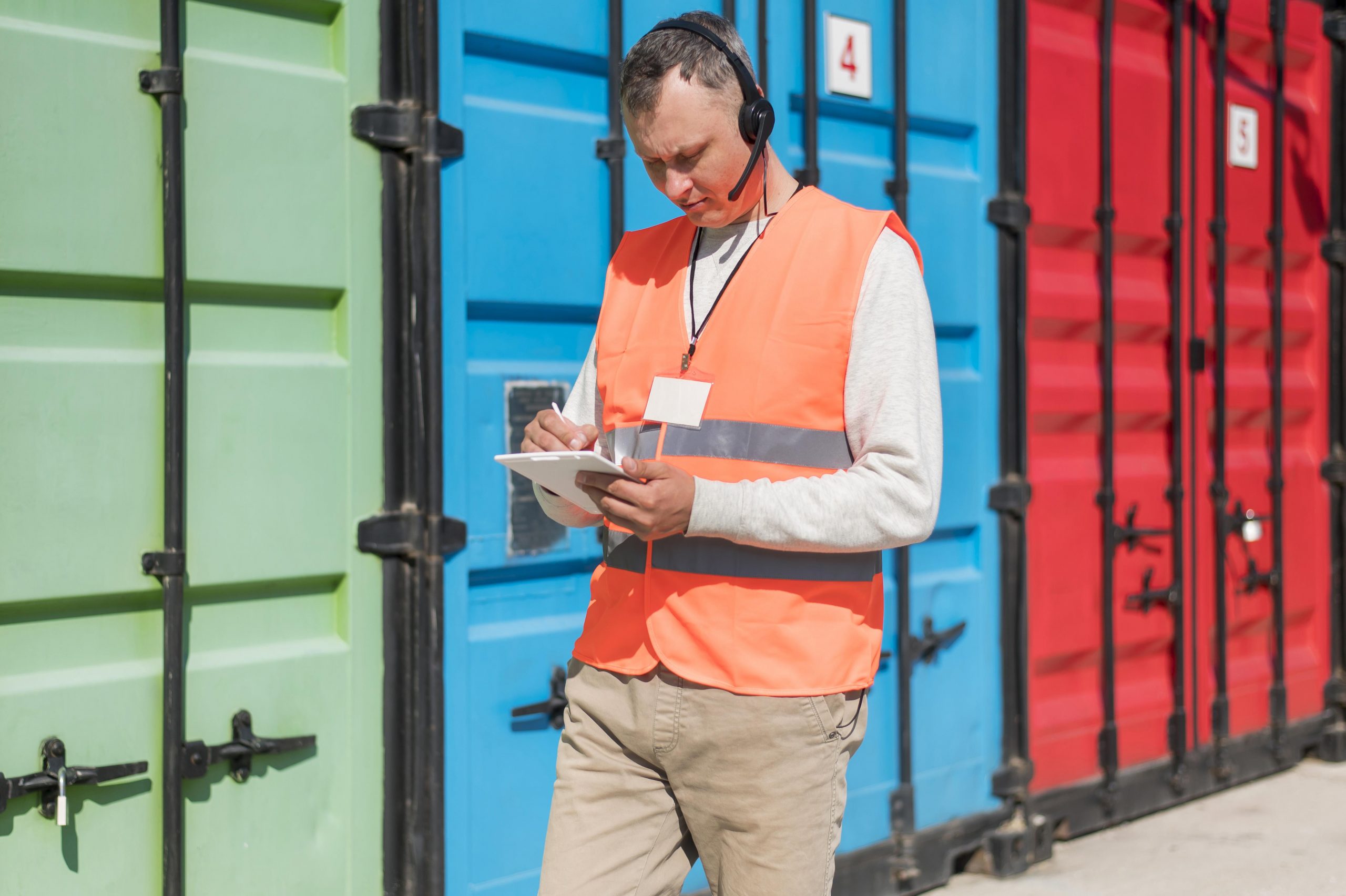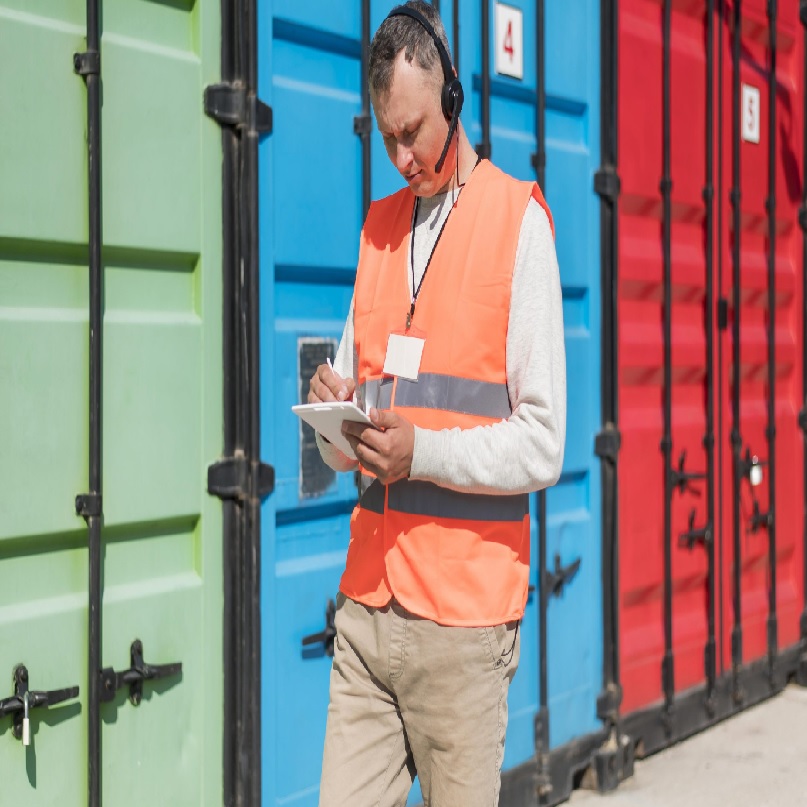Are you planning to transport items that could potentially harm health, safety, property, or the environment? Whether you’re a business owner shipping hazardous materials or an individual sending dangerous goods to a loved one, it’s essential to understand the regulations and safety protocols involved in transporting such items. But don’t worry, we’re here to help! In this article, we’ll provide you with a comprehensive guide on shipping and transporting dangerous goods (DG), including what is classified as dangerous goods, the regulations and requirements for packaging and labelling hazardous materials, and the best ways to ship dangerous goods safely. Choosing a reliable means of transporting is vital to understand as it will save you from worrying about the package itself and the legal repercussions that may arise if done haphazardly.
What are Dangerous Goods (DG)?

Dangerous goods are items that can pose a threat to safety, security, health, and the environment. They can be in solid, liquid, or gas states, but the reasons for being hazardous can vary according to many factors. There are nine classes of dangerous goods, including explosives, gases, and radioactive materials, and national and international organizations regulate them to ensure safe transportation, handling, and storage. These DG are also named with specific UN numbers that must be used in the declaration form and in the hazardous items labels and packing. The United Nations has certified packaging solutions, including 4GV packaging, which consists of a 4G fibreboard box that meets UN safety requirements. It includes an outer box, inner packaging, and absorbent material or cushioning to protect its content. 4GV packaging is not only used for transporting DG but also in healthcare (to store and move sensitive medical items, reducing the possibility of contamination or an accident) and the food industry (to be kept cold or frozen during transportation).
UN Certified Boxes
UN-certified boxes are essential for safely and reliably transporting hazardous goods. 4G, 4GV, or 4GU are types of DG boxes certified by the UN after undergoing specific performance tests to ensure their sustainability during transportation. These boxes come in different sizes depending on the intended use and materials they are designed to contain. Manufacturers, such as DG Packaging, can customize boxes according to customer requests.
4GV Packaging / 4G Hazmat Boxes / 4G Fibreboard Boxes
The 4GV packaging is an improvement over the 4G Hazmat packaging, which is made of three components: an outer packaging, an inner packaging, and a closure device. The main difference is that the 4GV packaging has an additional component – absorbent material, which is essential in managing the consequences of leaks and spills of hazardous materials during transport. The absorbent material helps contain any hazardous material that might leak from the inner packaging, preventing contamination of the outer packaging and the environment. The 4GV Packaging, like the 4G Hazmat packaging, is composed of fibreboard. Fibreboard is a material made of wood fibres that have been compressed and glued together to create a strong and sturdy packaging material. The fibreboard used in 4GV and 4G Hazmat packaging is designed to meet the strength and durability requirements set by the UN for packaging hazardous materials.
What are the Common Dangerous Goods Imported/ Exported?
Importing and exporting dangerous goods can be risky for the people involved in the shipping process, and the environment can suffer if not handled correctly. It is essential to know the examples of dangerous goods, such as explosives, lithium batteries, flammable liquids, compressed gasses, oxidizers, corrosives, and radioactive materials. For example, fuel is often imported for cars and motorized equipment, while lithium batteries are shipped for use in manufacturing and everyday devices. Products like hairspray or disinfectant are also dangerous because they can explode due to their flammable nature. It’s vital to label these items correctly and handle them with care during transport to avoid accidents. Protective clothing should be worn to prevent any harm from exposure to dangerous fumes or liquids.
Guide to Shipping Dangerous Goods (DG)
As the market for dangerous goods shipment continues to grow in demand and expand, it has become a pivotal task for many businesses. Shipments of hazardous materials require specialized knowledge and training in order to be done safely and legally. The first step is knowing the relevant regulations that apply when shipping hazardous materials. It’s important to comply with all regulations when shipping dangerous goods. The regulations cover a number of stipulations, including details about what kinds of packaging may be used, the paperwork and dangerous goods labels needed, and exactly how dangerous goods are typically transported.
1) Identify the Hazardous Material
Before you begin shipping any dangerous goods, it is essential to identify dangerous goods correctly. You can determine this by looking at the Material Safety Data Sheet (SDS) of the product. The SDS contains information on the hazardous properties of the material and its safe handling procedures.
2) Check Dangerous Goods Regulations
Different countries have their own set of regulations and different guidelines regarding what is considered dangerous goods for transporting hazardous materials. You should check the hazardous materials regulations of the countries you will be shipping to and from to ensure you are compliant with all requirements.
3) Use Suitable Packaging
Using suitable packaging is crucial when shipping dangerous goods. It should be strong enough to withstand any shocks or pressure during transportation. Make sure the packaging you use is UN certified and appropriate for the type of hazardous material you are shipping.
Looking for Dangerous Goods Packaging Services? Click here.
4) Proper Labeling and Marking
All hazardous packages must be correctly labeled and marked with the appropriate hazard symbols, proper shipping name, the shipper’s declaration for dangerous goods and identification numbers. This ensures that everyone handling the package knows what they are dealing with and takes the necessary precautions.
5) Choose Certified and Trained Carriers/Service Providers
When selecting carriers and service providers, only those who are certified and trained should be appointed to handle the hazardous packages. Knowing the appropriate response procedures in the event of an accident or incident will help control the damage it could cause.
6) Insurance Coverage
Despite all the safety measures taken, accidents can still happen. It is crucial to have adequate insurance coverage for any potential damage to the package, the environment, or people involved in the transportation process.
How to Choose a Company Offering Dangerous Goods (DG) Transportation in Singapore?
Singapore is a major hub for global trade and as a result, there is an increasing demand for efficient and reliable transportation of Dangerous Goods (DG). As businesses become more competitive, choosing a company for shipping DG requires careful consideration. When choosing a DG transportation in Singapore, it is important to consider several factors such as safety compliance and experience in handling hazardous goods.
Certified SCDF Hazmat Licenced Trucks
Companies in Singapore must have certification from the Singapore Civil Defence Force (SCDF) to use a hazmat-licensed truck for transporting dangerous goods. These trucks are equipped with specialized safety features and only certified drivers are allowed to operate them. This helps to ensure that the transport of dangerous goods is done safely and reduces the risk of accidents or incidents. For combustible substances and petroleum products, a separate vehicle license is required for each vehicle used during transportation. Gas and flammable fluid transport must follow set schedules and approved routes.
Risk Assessment (RA)
Risk assessment (RA) for dangerous goods involves identifying potential hazards and risks associated with handling and transport of hazardous materials. This helps to identify safety issues and strategies for minimizing the risks to health and the environment. The assessment considers factors such as the properties of the material and its potential impact. It is required by international regulations and should be conducted for all shipments of dangerous goods. Companies can engage a specialist to conduct the assessment if they don’t have the personnel to do it in-house.
Transport Emergency Response Plan (TERP)
A Transport Emergency Response Plan (TERP) is essential for managing emergencies involving dangerous goods during transport. It outlines detailed procedures for responding to incidents, including communication protocols, evacuation, and medical treatment. Companies should ensure that their TERP is in place and personnel involved are properly trained. When choosing a transportation company, research their credentials, safety protocols, training, vehicles, and emergency services. This will ensure the safe and reliable transportation of dangerous goods in compliance with regulations.
Engage DG Packaging for Dangerous Goods Packaging & Shipment Services
Are you looking for a reliable and efficient solution for packaging and shipping of dangerous goods? Look no further than DG Packaging! Our team of certified experts has the knowledge and resources to handle all your needs, including dangerous goods, biomedical, and temperature-sensitive packaging. We take pride in our commitment to regulatory compliance and safety, and our global network of experienced professionals ensures that your goods will be transported with the utmost care and attention. Trust DG Packaging for all your dangerous goods shipping needs – we’ve got you covered!





Comments